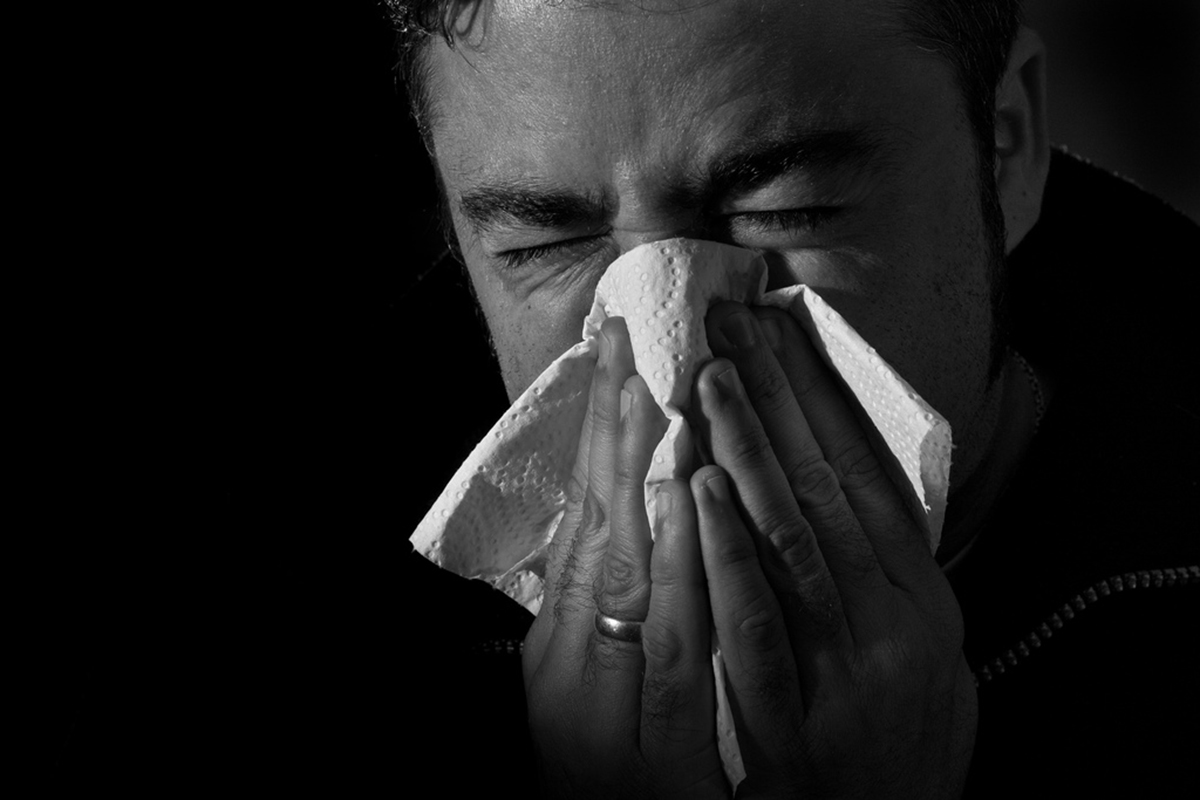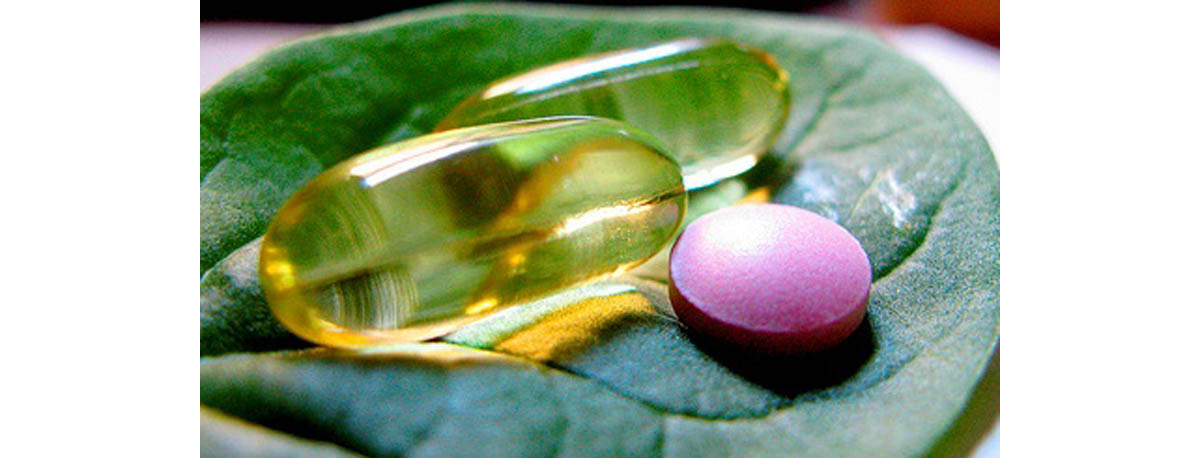
- Acne. Pimples that have bulging centers filled with yellow or straw-colored fluid really aren't acne. They are most commonly impetigo caused by staph bacteria. Little children transfer the bacteria to each other by touching each other on the face, but adults usually get staph infections on the face about the same time they get staph infections of the sinuses.
- Facial pain that increases when bending down is a sign of sinus infection.
- Headache is much more common with influenza than with a cold. Many people can identify the exact time they came down by the flu by noting the time they started having a severe headache.
- Muscle pain, especially when it starts at the back of the neck, is a sign of influenza rather than a cold.
- Nasal dryness. The very first symptom of a cold (when you should take zinc or vitamin C) usually is dryness or tingling of the nasal passages, followed by runny nose, sneezing, and fever. If you don't have the sensation of dryness in your nasal passages before you start to sneeze, you may be suffering an allergy rather than a cold. After several days, an allergy will continue to generate thin, clear mucus, but a cold will generate thick yellow or thick green mucus.
- Postnasal drip, nasal congestion, a feeling of fullness in the ears, and tooth pain are signs of a bacterial infection of the sinuses. Only your doctor will know for sure, but if the doctor confirms that the infection is due to bacteria rather than viruses, antibiotic treatment may help. Antibiotics do not help resolve viral infections.
- Redness of the nose, cheeks, and eyelids is often a sign of sinusitis.
- Sore throat is usually a sign of infection with the flu or with an adenovirus or enterovirus. It usually is not caused by a rhinovirus, the most frequent infectious agent causing common cold. If you get a sore throat, you have a condition that is more serious than a common cold.
READ Difference and connection between FLU and COLD?
- Vomiting is often a sign of a cold in babies. Even before baby's nose stops up, difficulty breathing can interfere with swallowing so that the infant throws up food.
- Wheezing is an early sign of a cold or flu in people who have asthma. In addition to treating asthma as directed, it is also important to take measures against the infection.
What to Do About Early Symptoms of Winter Infections
Prompt action greatly reduces the severity of common winter infections. A study at the University of Helsinki in Finland found that taking zinc can reduce the amount of time needed to recover from a cold by an average of 42%. A study at Justus-Liebig University in Germany found that elderberry extract kills both influenza A and influenza B as well as the staph and strep bacteria that can cause sinusitis. Using a humidifier and drinking more fluids help relieve symptoms of all the common upper respiratory illnesses.
-
Zinc only helps stop a cold if it is mixed with saliva.
-
Elderberry extract works by interfering with the ability of influenza viruses to lock onto cells in the lining of the mouth, throat, and lungs.
-
HealthCanada (the Canadian Ministry of Health) officially recommends vitamin C for treating colds.
-
Echinacea does not prevent colds, but it helps people get over them faster.
It's important to use products made with Echinacea purpurea, not Echinacea angustifolia, and the flowers and leaves are better than the stems and roots. (This will be noted on the label of the product.) If you have never taken echinacea before, take the smallest dose possible (usually a 500 mg tablet or 1/4 teaspoon/1 ml of extract), just to make sure you are not allergic to the plant. Then take 2000 to 3000 mg of pills or capsules of 3 teaspoons/15 ml of extract every day until you are well. Echinacea usually cuts the time to recovery in half.
READ Is It a Cold, or Is It Flu? When Are You Too Sick to Work Out?
And what about that favorite colds remedy, chicken soup? Scientists at the University of Nebraska found that slowly simmering herbs in chicken stock makes unique compounds that reduce the amount of inflammation generated by white blood cells known as neutrophils. Chicken soup makes you feel better by modulating your immune system, but only slowly simmered chicken soup has this effect.
If you prefer a vegan alternative, miso with shallots will also open up your nose and sinuses and relieve pressure. Just be prepared to blow your nose before you drink the miso soup.
- Nahas R, Balla A. Complementary and alternative medicine for prevention and treatment of the common cold. Can Fam Physician. 2011 Jan.57(1):31-6.
- Photo courtesy of Andrés Nieto Porras by Flickr : www.flickr.com/photos/anieto2k/5315473281/
- Photo courtesy of happy_sleepy on Flickr: www.flickr.com/photos/happy_sleepy/4136590724

